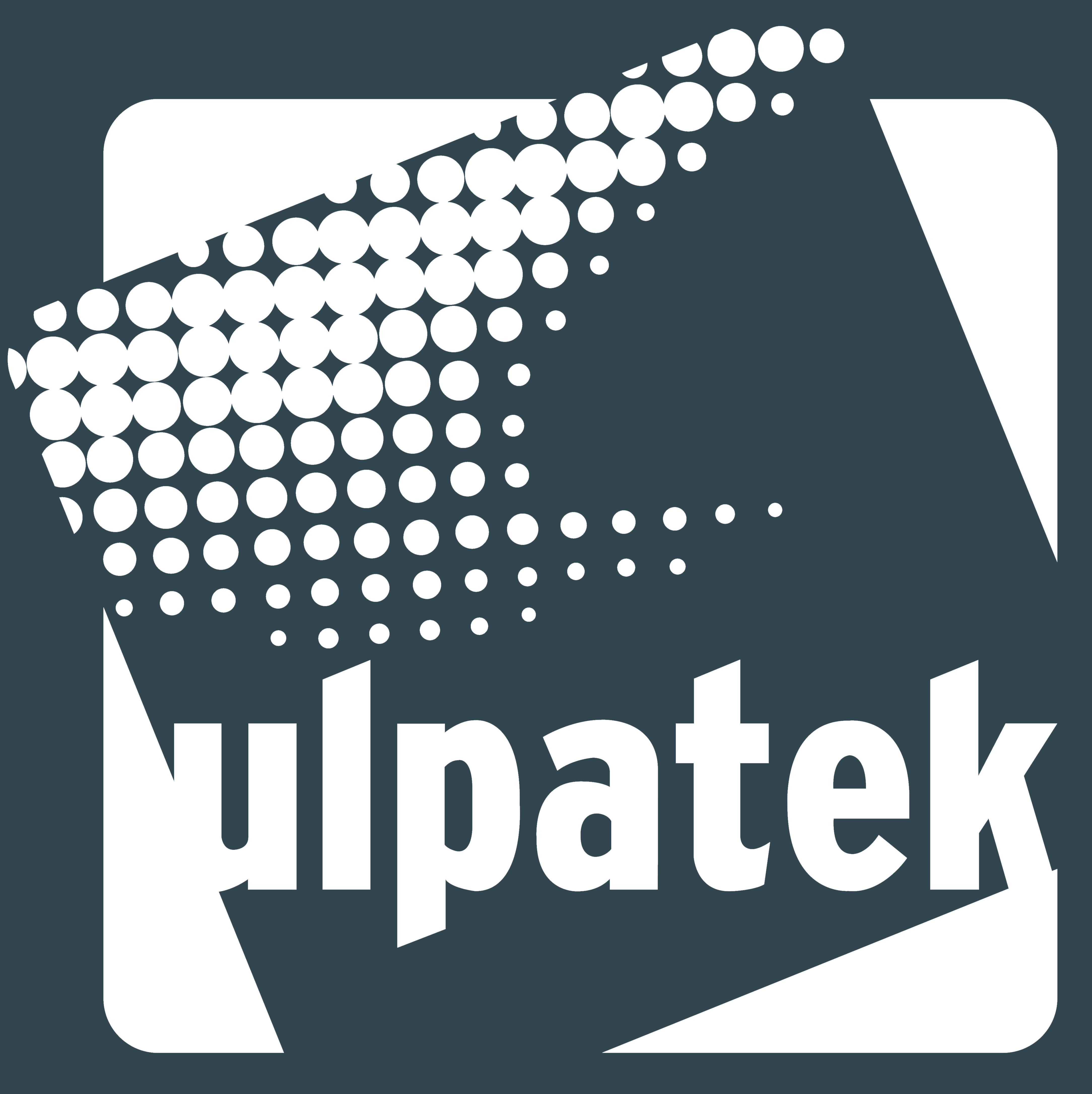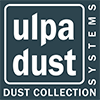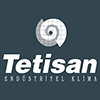Gas phase filtration and particulate filtration work together for acceptable indoor air quality in controlled environments. Gas pollutants are filtered with Ulpatek’s gas phase air filters which are produced from one or mix filter media. Particulate pollutants are controlled with particulate filters which are mentioned in related standards ascourse, fine and absolute filters. Gas phase filter media (pellets) generally are produced using carbon, zeolite, alumina or coconut-based media. Gas phase filtration occurs with the two different methods which are physical and chemical.
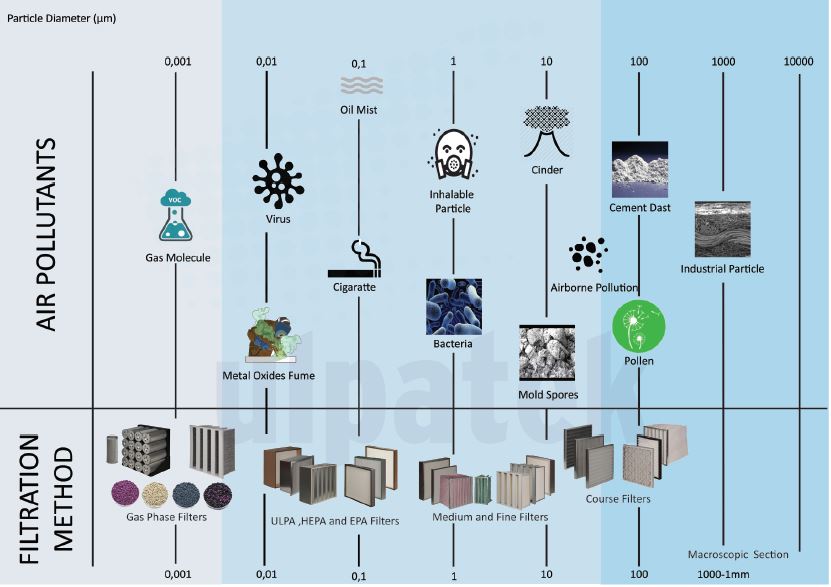
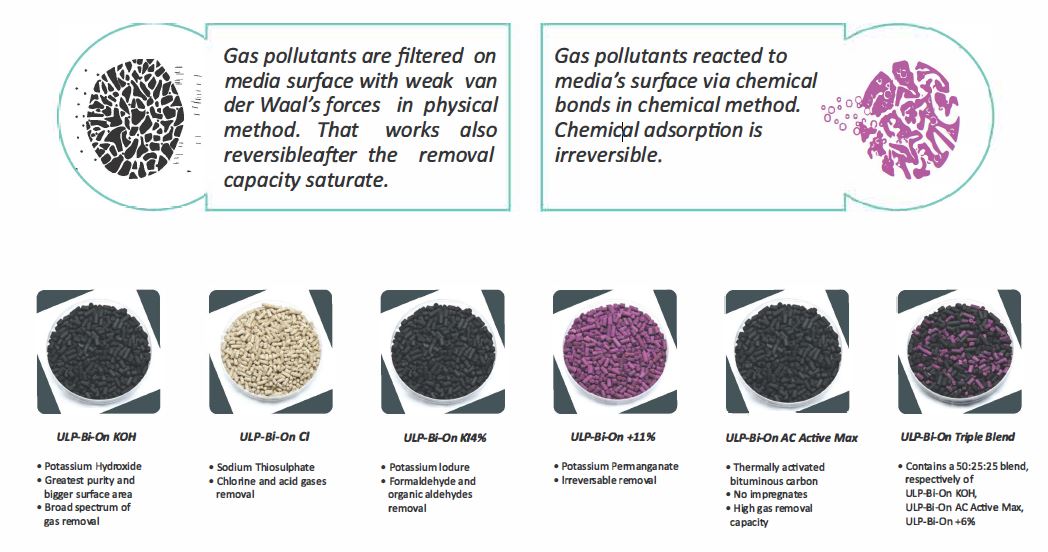


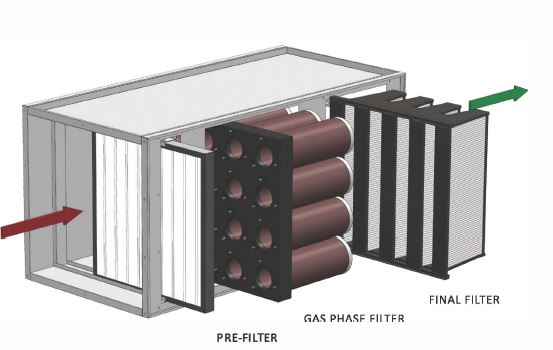
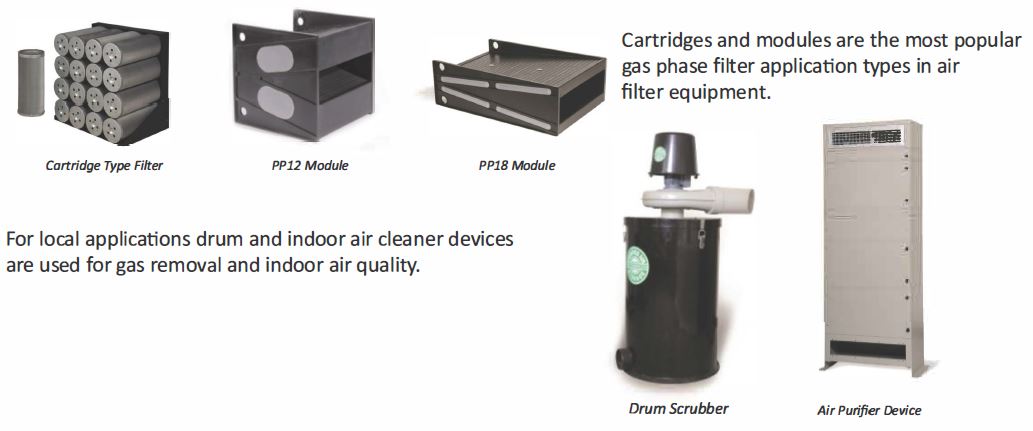
Process control systems, data centers and other rooms that have instrumentation which has to be environmental controlled must supply Gl classification according to ISA requirements. Achieving room ventilation design requirement must supply a minimum room pressurization of 1-3 air changes per hour and recirculationof 6-12 air changes per hour. Temperature is typically 22°C (±2°C) with humidity lower than 50% relative humidity. Tightness of the room is also another parameter while defining the design parameters. In addition to Petrochemical Refinery these parameters, hazardous pollutants are main parameter which must be removed from the enclosed space, According to the ANSI/ISA 71,04, contamination concentration levels are defined as follows.
Monitoring for gas phase air filters is made by passive monitoring or on line monitoring.
Corrosion Passive Monitoring: It is made with copper-silver coupons which must be used at the site with 30-90 days periods for defining remaining life and design parameters. Online Monitoring: It has an instant measurement of gas contamination. Particulate Filters Monitoring: Differential pressure gages are used for filter life monitoring.
Odours are generally formed from commercial and industrial facilities like biogas, waste water treatment plants, etc.
Toxic gas scrubbing is generally needed for filtration and neutralizing of chlorine(CIJ, sülfür dioxide(SO,) or ammonia(NHJ)
People usually spend their time in closed spaces like offices, schools, shopping malls, restaurants, cafes, hospitals, hotels, factories etc.
Air pollution continuously increase due to the urbanization and industrialization.
That’s why controlling airborne pollutants is critical to maintaining sufficient indoor air quality.
There are particulate and gas pollutants in the environment.
The pollution sources are from outside (the automobile emissions, kitchen exhaust, industrial
factories) or from inside (as cleaning aerosols, bio effluents, furnishing, printings etc.) of the building. Particulate and gas pollutants must be filtered for sufficient indoor air quality.
Increasing real estate market prices made offices, high rise buildings more populated. Some buildings are surrounded with sick building syndrome due to the change of user requirements and insufficient
HVAC designs.
Inadequate ventilation has a lot of parameters, but the most important parameter is the contamination control. Gas phase and particulate filtration help the buildings for recovering from the sick buildingsyndrome.


